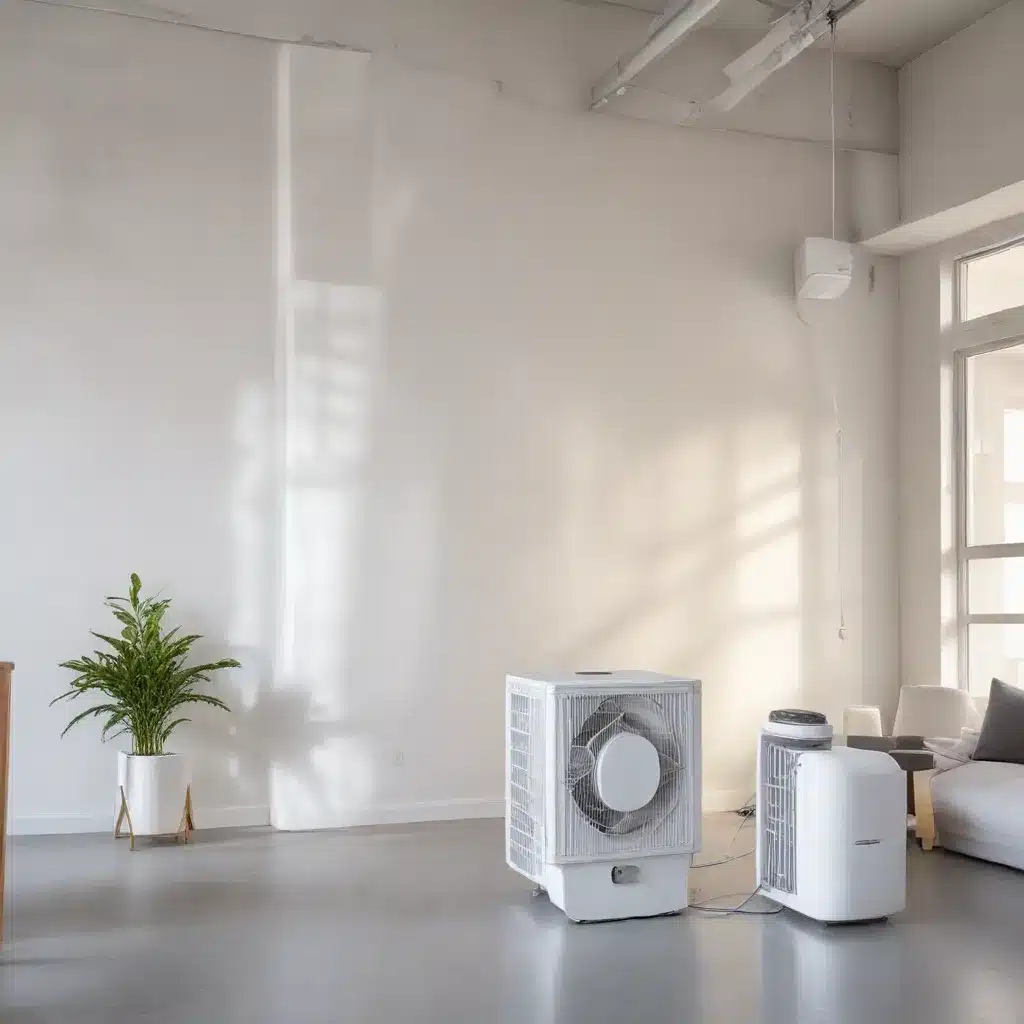
Understanding the Importance of Indoor Air Quality
As students and parents, we all want to ensure a healthy and productive learning environment for our young people. One crucial aspect of this is maintaining high indoor air quality (IAQ) within our schools. Poor air quality can have significant impacts on the health, comfort, and cognitive performance of students and staff.
Recent events have highlighted the importance of closely monitoring the air we breathe, both at home and in the classroom. The rise of the COVID-19 pandemic has heightened our awareness of airborne transmission of illnesses, leading us to seek ways to better understand and control the quality of the indoor air around us.
Fortunately, the advancement of Internet of Things (IoT) technology has provided schools with powerful new tools to monitor and manage their indoor air quality. By leveraging IoT-enabled air quality sensors and real-time monitoring systems, schools can now take a proactive approach to ensuring a healthy learning environment for all.
Introducing IoT-Powered Air Quality Monitoring
IoT-enabled air quality sensors are revolutionizing the way schools track and respond to indoor air quality. These advanced devices can continuously monitor key parameters such as:
- Particulate matter (PM)
- Carbon dioxide (CO2) levels
- Volatile organic compounds (VOCs)
- Temperature and humidity
This real-time data is then seamlessly transmitted to web-based dashboards, like the TSI Link Solutions platform, allowing school administrators and facilities managers to access the information instantly. With this valuable data at their fingertips, they can make informed decisions to address any air quality issues.
Early Detection and Proactive Intervention
One of the most powerful features of IoT-based air quality monitoring is the ability to set customizable alerts and alarms. When pollutant levels exceed safe thresholds, the monitoring system can send instant notifications via email or text, enabling timely intervention.
This proactive approach helps prevent potential health problems related to poor air quality before they can escalate. By addressing issues at the earliest possible stage, schools can maintain a healthier environment for both students and staff.
Optimizing Ventilation for Improved Air Quality
IoT sensors don’t just provide air quality data – they can also work in tandem with a school’s HVAC system to optimize ventilation and airflow. If the sensors detect high levels of CO2 or particulate matter, they can automatically signal the HVAC system to increase airflow and introduce more fresh air into the affected areas.
This automated optimization of ventilation helps ensure that all classrooms and other spaces receive adequate fresh air, reducing the risk of airborne infection transmission and enhancing the cognitive performance of students.
Unlocking the Power of Data Analysis
By gathering comprehensive data from their IoT-powered air quality monitoring system, schools can gain valuable insights that inform their decision-making. Analyzing trends over time and identifying recurring issues can help administrators understand seasonal variations and develop sustainable strategies to maintain good IAQ.
The layout views provided by some monitoring platforms, such as TSI Link, can even pinpoint specific areas within the school that are experiencing elevated pollutant levels. This allows facilities staff to take targeted actions, such as improving ventilation, using air purifiers, or implementing changes to building materials and maintenance practices.
Breathing Easy with IoT-Powered Air Quality Monitoring
The integration of IoT-enabled air quality sensors and real-time monitoring systems into schools is a game-changer when it comes to ensuring a healthy learning environment. By providing real-time data, early pollutant detection, and optimized ventilation management, these technologies empower schools to take effective measures against poor indoor air quality.
As we continue to navigate the challenges posed by the COVID-19 pandemic and other indoor air quality concerns, it’s clear that IoT-powered monitoring solutions will play a crucial role in promoting the overall well-being and academic success of our students.
To learn more about how your school can benefit from these cutting-edge technologies, we encourage you to visit the Stanley Park High School website and explore the latest advancements in indoor air quality monitoring.
Frequently Asked Questions
How do IoT-powered air quality sensors work?
IoT-enabled air quality sensors use a variety of technologies to continuously monitor key parameters like particulate matter, carbon dioxide, and volatile organic compounds. They then transmit this real-time data to web-based platforms, allowing school administrators to access and analyze the information instantly.
What are the benefits of using IoT-based air quality monitoring in schools?
The primary benefits of IoT-powered air quality monitoring in schools include:
– Early detection of air quality issues, enabling timely intervention
– Optimization of ventilation systems for improved airflow and reduced infection risk
– Comprehensive data analysis to identify trends and develop sustainable strategies
– Enhanced health, comfort, and cognitive performance for students and staff
How can schools implement IoT-based air quality monitoring?
Schools can typically implement IoT-based air quality monitoring by partnering with specialized providers, such as TSI Link Solutions. These providers can assist with the installation of sensors, integration with existing building management systems, and the setup of user-friendly dashboards for data visualization and analysis.
Are there any privacy concerns with IoT-based air quality monitoring?
IoT-based air quality monitoring systems are designed with privacy in mind. The data collected typically does not include any personally identifiable information, and access to the monitoring platforms is restricted to authorized school administrators. Robust security measures are in place to protect the integrity and confidentiality of the data.

